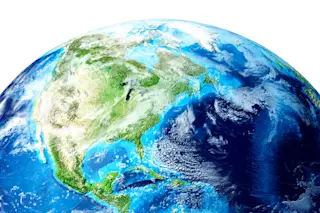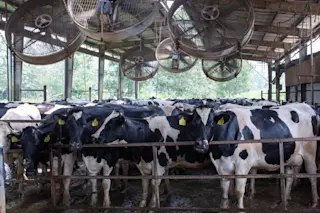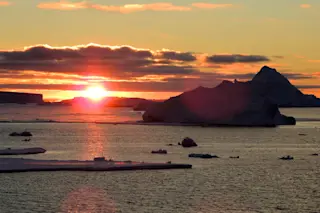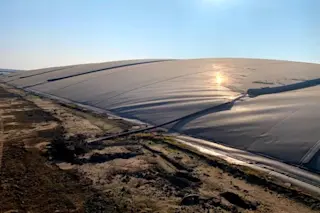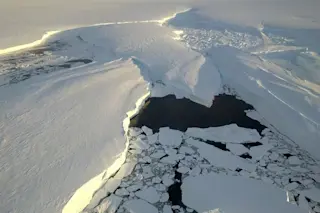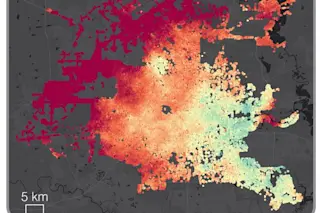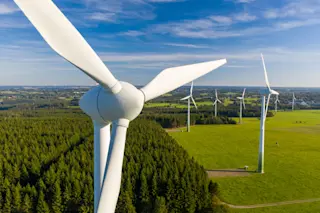On May 9, instruments atop Hawaii’s Mauna Loa volcano pegged the atmospheric concentration of carbon dioxide (CO2) — the gas that contributes most to global warming — at slightly above 400 parts per million (ppm).
Pieter Tans, senior scientist with the National Oceanic and Atmospheric Administration (NOAA), and his colleague Ralph Keeling, director of the CO2 program at the Scripps Institution of Oceanography, had been watching the concentration climb ever closer to 400 ppm — a level not seen in millennia.
They realized that reaching such a big, round number was “an opportunity to remind the world that CO2 is rising fast, and that the rate of rise in the last decade has been the fastest recorded,” Tans says. They also knew that “the press was looking over our shoulders, and of course they were going to announce it.”
So Tans and Keeling decided to get the word out first, ...


